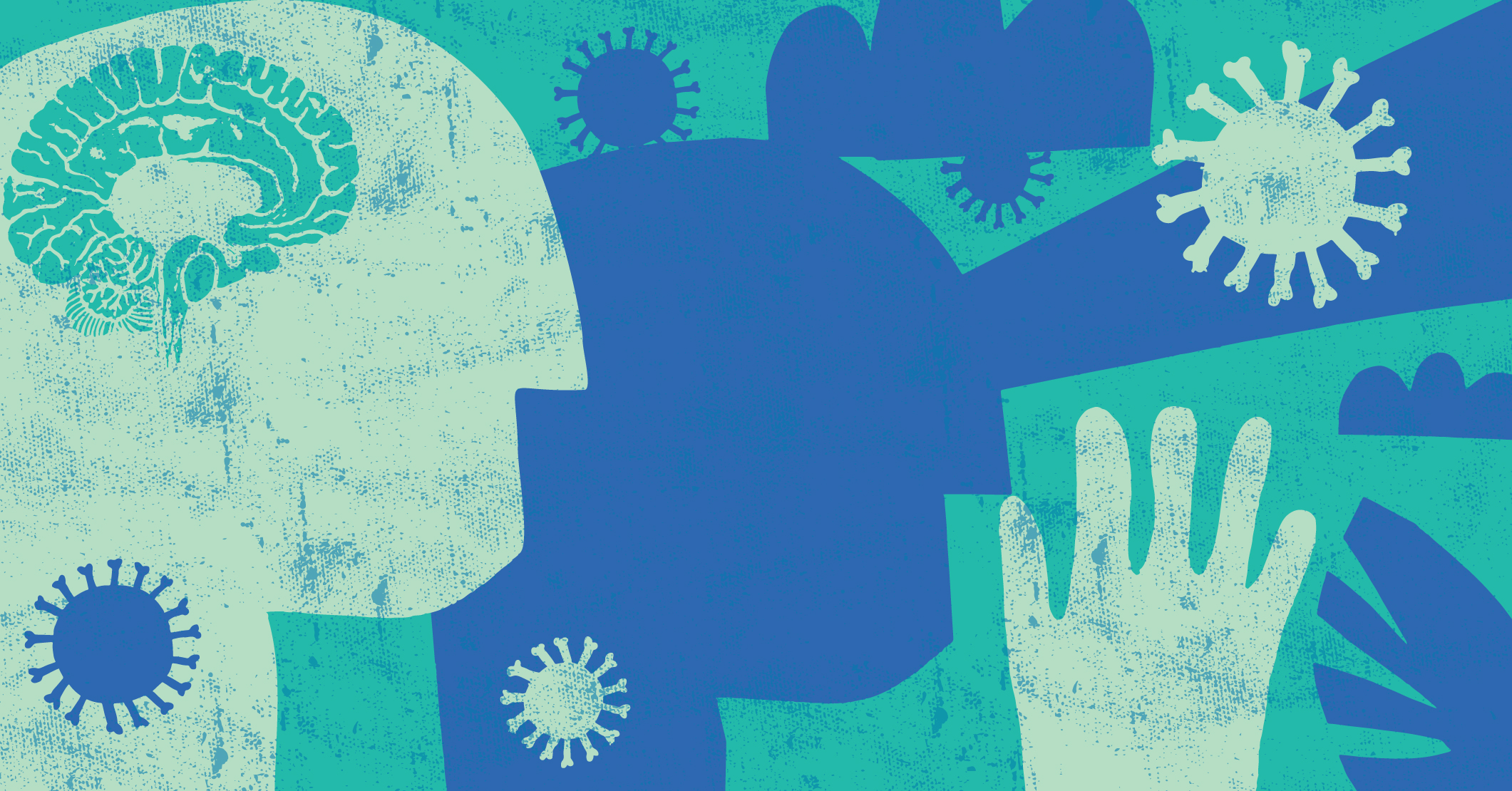Pandemic Pivots in Teacher Education: Creating and Sustaining the New Normal
DOI:
https://doi.org/10.18060/25572Keywords:
Pandemic Pivots, Social Emotional Learning (SEL), SCARF Model, lectio divina, SustainabilityAbstract
This article documents how one Teacher Preparation Program (TPP) at a medium-sized public university in the northeast responded to the needs of their urban partners during the global COVID-19 pandemic. The adaptation of this school-university partnership involved improving relationships where the TPP is more responsive to the needs of this urban school district. This article showcases how two colleagues created pandemic pivots in their graduate courses for in-service teachers. These pedagogical examples, or pandemic pivots, knit together technology and Social Emotional Learning (SEL) and create a more inclusive and more equitable new normal. Moreover, these pandemic pivots leverage programmatic mechanisms to sustain this new normal. The sustainability and success of this partnership makes use of stakeholder feedback loops which are both programmatic and interpersonal. Through institutionalizing these feedback loops, we create programmatic sustainability with the ability to dynamically meet the needs of our partners. The integration of SEL and technology pedagogical practices illustrated here are the result of programmatic structural changes driven by the voice of our partners, showcasing the design of our TPP.
References
Almeida, T., & Hall, M. P. (2021a). An Untapped Resource: Embedded School Personnel in University-Based Teacher Preparation Programs as a High-Impact Practice. In B. Zugelder (Ed.), Empowering Formal and Informal Leadership While Maintaining Teacher Identity (pp. 206-226). IGI Global. https://doi.org/10.4018/978-1-7998-6500-1.ch008
Almeida, T. & Hall, M. P. (2021b). Creating an even-playing field: One model for a sustainable and replicable school-university partnership. In Chandler, P. T. & Barron, L. (Eds.), Rethinking School-University Partnerships: A New Way Forward. Information Age Publishers.
Ailwood, J., & Lee, I. F. (2020). Care matters: Reimagining early childhood education and care in a time of global pandemic. Global Studies of Childhood. Vol. 10(4) 309-312.
Bifuh-Ambe, E., Hall, M.P., and Lopes-Mendes, T. (2020). Activating lectio divina as a transformative process for anti-racism engagement and empowerment. Learning & Sharing Virtual Series. Coalition of Urban and Metropolitan Universities (CUMU), December 9, 2020. https://vimeo.com/489130772/6815b148a7
Bonanni, L., Vaucelle, C., Lieberman, J., & Zuckerman, O. (2006, April). PlayPals: tangible interfaces for remote communication and play. In CHI'06 extended abstracts on Human factors in computing systems (pp. 574-579).
Bonvin, G., & Sanchez, E. (2017). Social engagement in a digital role-playing game dedicated to classroom management. In Lecture Notes in Computer Science (including subseries Lecture Notes in Artificial Intelligence and Lecture Notes in Bioinformatics) (Vol. 10653 LNCS, pp. 137–147). https://doi.org/10.1007/978-3-319-71940-5_13
Campbell, S., personal communication, October 25, 2020.
Clinton, C. (2019). The Role of Teacher Education Advisory Committees in Massachusetts Teacher Preparation. ProQuest Dissertations Publishing.
Dalton, J.E., Hall. M. P., & Hoyser, C.E. (2019) (Eds.). The Whole Person: Embodying Teaching and Learning through Lectio and Visio Divina. Rowman & Littlefield.
Dorman, E. H. (2019). Lectio divina as contemplative, anti-oppressive pedagogy in social justice education courses. In Dalton, J.E., Hall. M. P., & Hoyser, C.E. (Eds), The Whole Person: Embodying Teaching and Learning through Lectio and Visio Divina. Rowman & Littlefield.
Elias, M. J. (2018). Analysis of the alignment of Classcraft’s SEL environment and CASEL SEL standards. Retrieved from www.secdlab.org
Finning, C. personal communication, October 27 2020.
Goldhaber, D., & Cowan, J. (2014). Excavating the teacher pipeline: Teacher preparation programs and teacher attrition. Journal of Teacher Education, 65(5), 449–462. https://doi.org/10.1177/0022487114542516
Jennings, P. A. (2015). Mindfulness for teachers: Simple skills for peace and productivity in the classroom (the Norton series on the social neuroscience of education). WW Norton & Company.
Krieg, J. M., Theobald, R., & Goldhaber, D. (2016). A Foot in the Door: Exploring the Role of Student Teaching Assignments in Teachers’ Initial Job Placements. Educational Evaluation and Policy Analysis, 38(2), 364–388. https://doi.org/10.3102/0162373716630739
Lee, J. J. C. U., & Hammer, J. C. U. (2011). Gamification in education: What, how, why bother? Academic Exchange Quarterly, 15(2).
Membrive, V., & Armie, M. (2020). Beyond gamification: Classcraft as an engagement tool in the teaching of English as a second language. (pp. 73–76).
https://doi.org/10.36315/2020end016
Rock, D. (2008). SCARF model: a brain-based model for collaborating with and influencing others. Neuroleadership Journal, 1-9.
Rock, D., & Tang, Y. (2009). Neuroscience of engagement. NeuroLeadership Journal, 2, 15–22.
Rozhenko, O. D., Darzhaniya, A. D., Bondar, V. V., & Mirzoian, M. V. (2021). Gamification of education as an addition to traditional educational technologies at the university. CEUR Workshop Proceedings, 2914, 457–464.
Tan, C. (2021). Mindful education for a post-pandemic world. In Mindful education (pp. 179-197). Springer.
Downloads
Published
Issue
Section
License
Copyright (c) 2022 Christopher Clinton, Maureen Hall

This work is licensed under a Creative Commons Attribution 4.0 International License.



